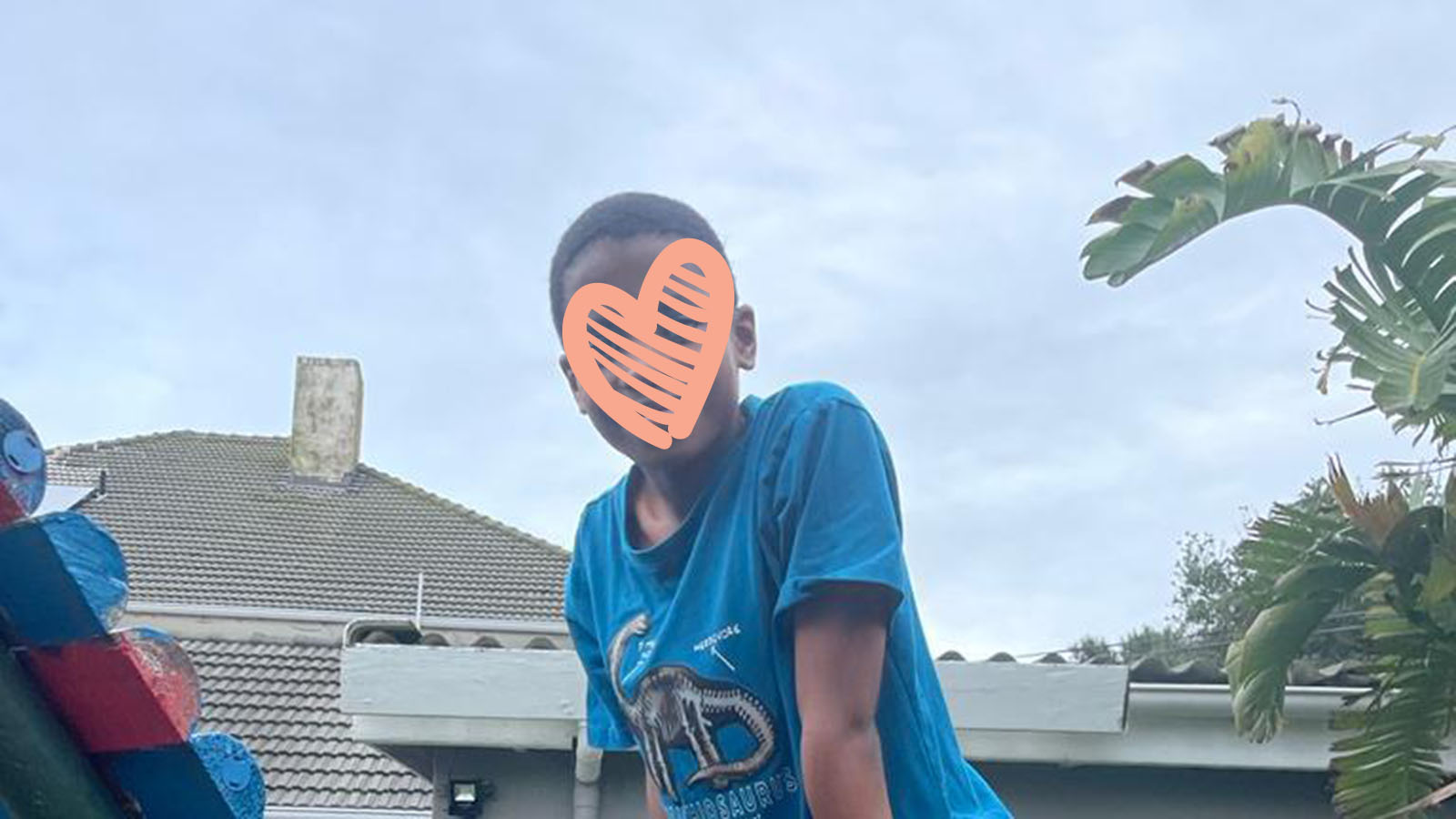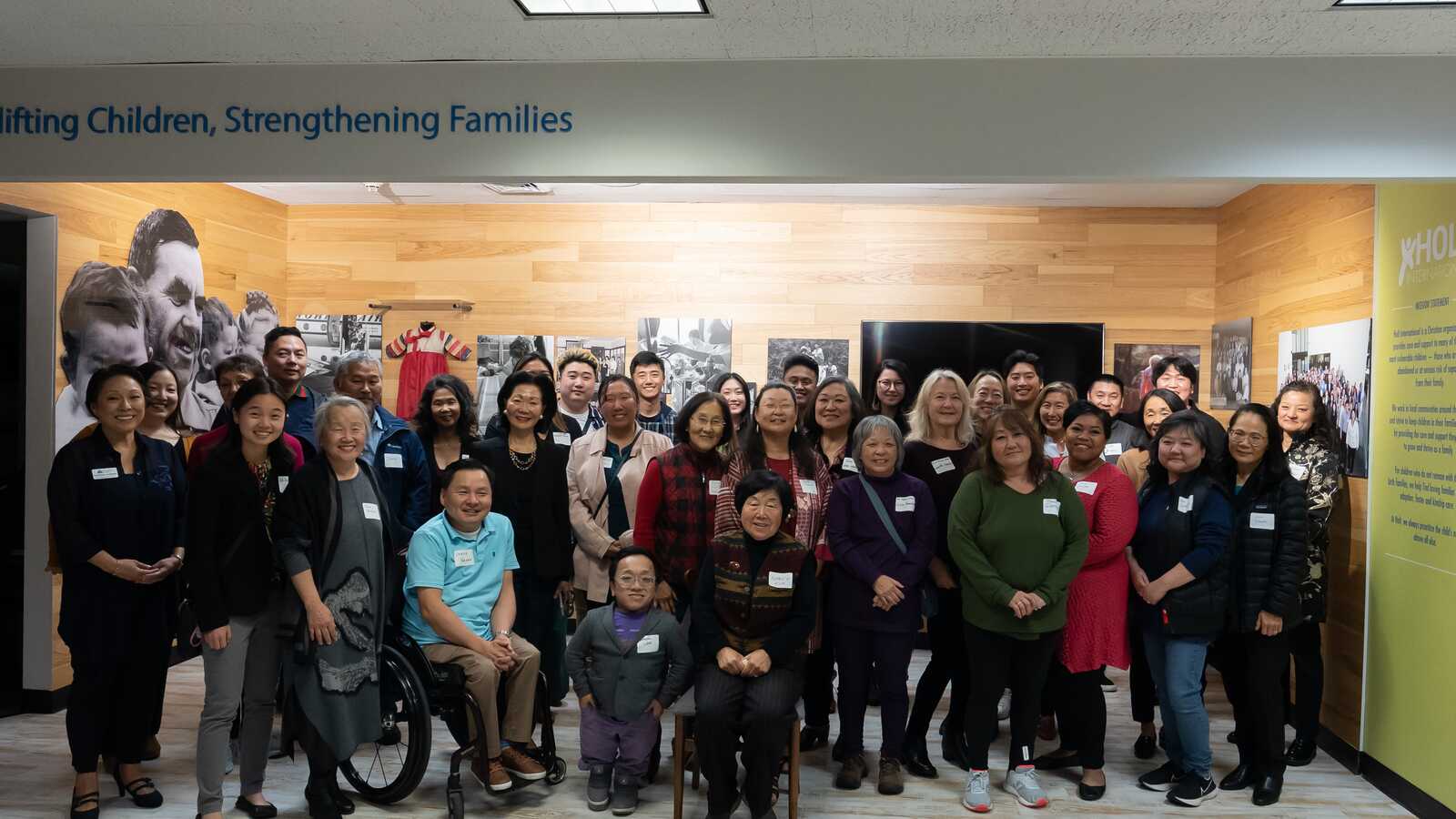
Brothers James and Jace are awaiting adoption by a loving family! Having an adoptive family would ensure that these close siblings get to remain together, which they both deeply want. Could you or someone you know be the right family for them?
Jace, the younger brother, is persistent and loving. His caregivers observe that he is resilient and able to quickly adapt to new situations and environments. They say that he knows right from wrong, and easily expresses his thoughts and feelings to adults. Jace participates in activities and maintains a good attitude and disposition.
Jace’s teachers say he follows rules and instructions, and respects both his teachers and his classmates. Jace likes to give big hugs, and he is affectionate with both adults and peers. He is a very empathetic child, and quickly reaches out to his peers if they are upset. Jace is always happy to share games and toys with his friends.
James, the older brother, is similarly respectful and affectionate. His caregivers describe him as charismatic and collaborative. Skilled at handling frustration, James is consistently able to express his feelings to adults. He interacts easily with both new and familiar people, and he is attentive to his social environment.
James loves to dance and sing and play soccer! He is also reported to be a positive leader in his peer groups.
James and Jace live in the same care facility, and they share a strong bond. They help each other, defend each other and play with each other. James and Jace come from a larger sibling group that has already been broken up, and they are hoping that the two of them can stay together.
It is recommended these brothers be in a family where they are the youngest children in the home. Basic Spanish language understanding would be ideal, as well as a strong understanding of TBRI®. James and Jace’s prospective adoptive family should be caring, patient, and willing to support them and advocate for their language, educational, and therapeutic needs so that they can thrive and reach their potential.
Could you or someone you know be a good fit for James and Jace? If so, please email us at [email protected]. Their faces are hidden here due to country restrictions on child privacy, but we would love to share more photos and videos with prospective families!
We're sorry no stories match the filters you've chosen. Please adjust your selection of filters.


Orphans & Vulnerable Children
Learning From the Implementation of the Child Nutrition Program

Adoption
Hayden Needs an Adoptive Family!

Adoption
The Red Couch: A Photo Essay

Adoption
Anna Needs an Adoptive Family!


Adoption
Mac and Jon Need an Adoptive Family!

Orphans & Vulnerable Children
Infographic: Results of the Child Nutrition Program in Mongolia and the Philippines

Orphans & Vulnerable Children

